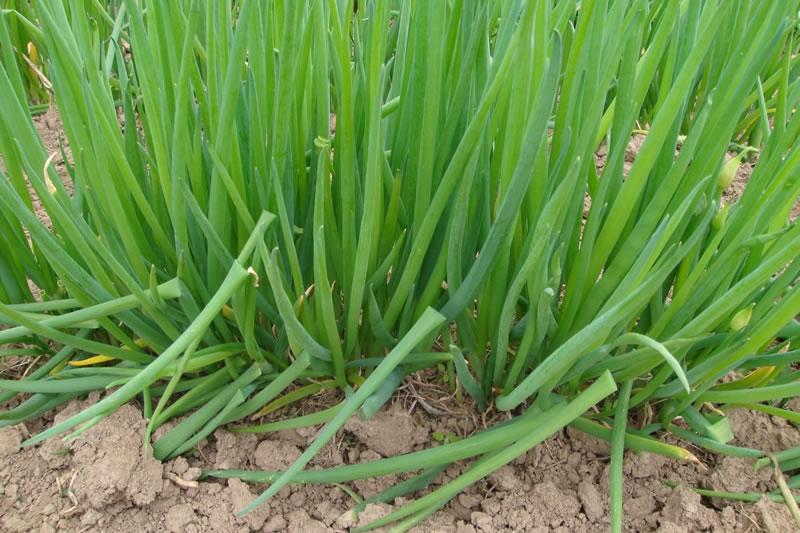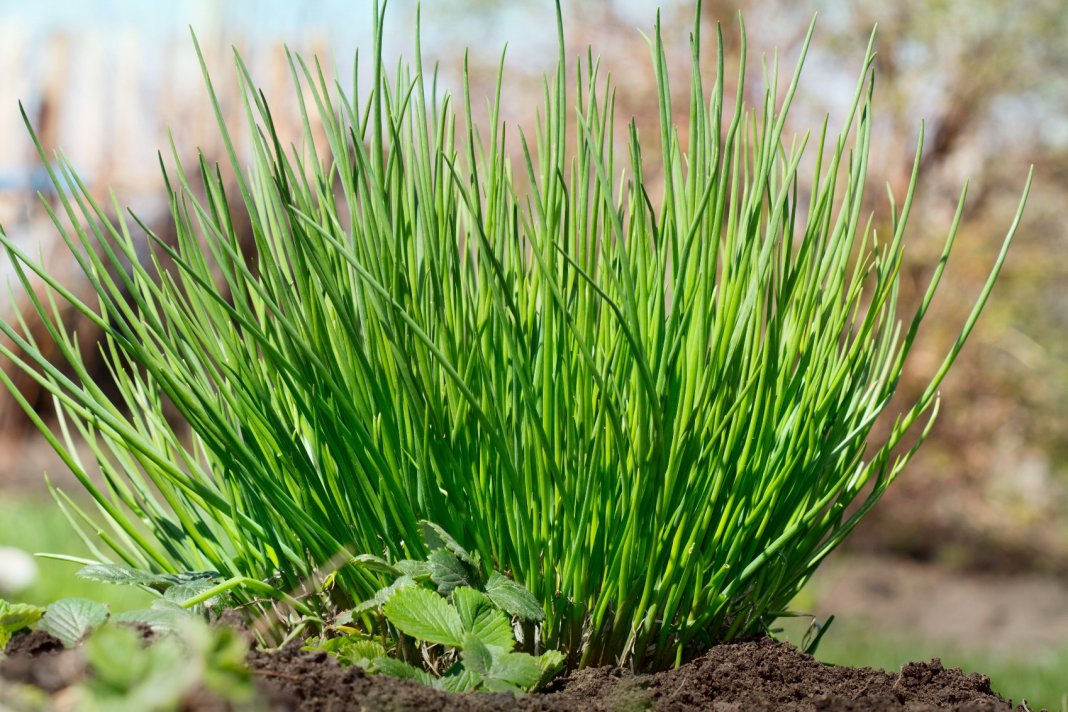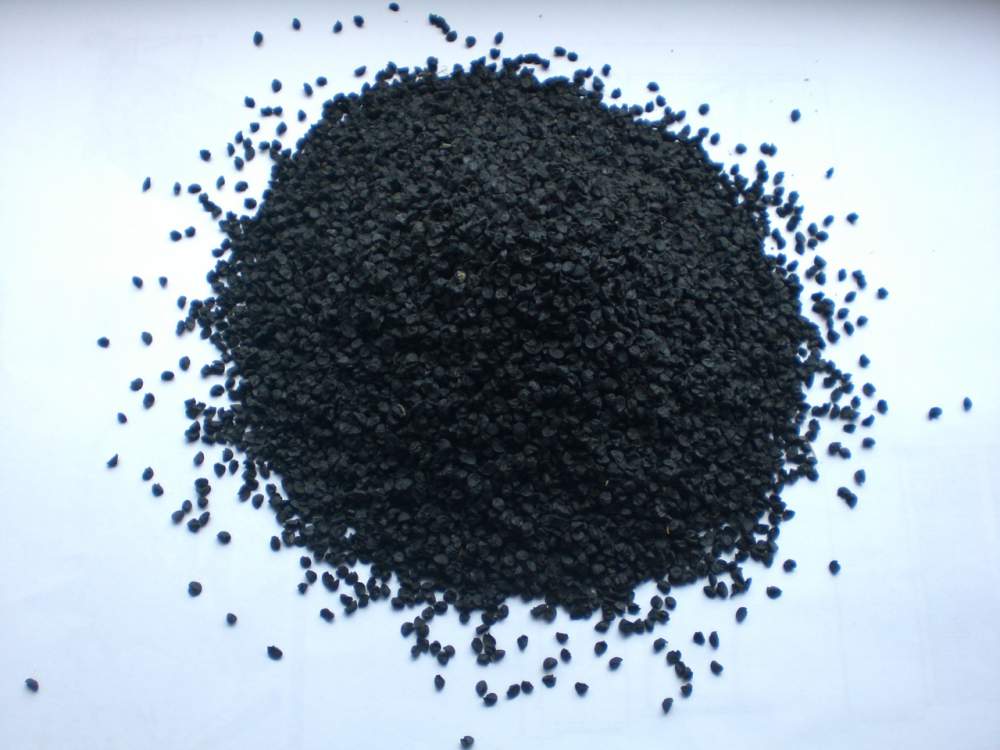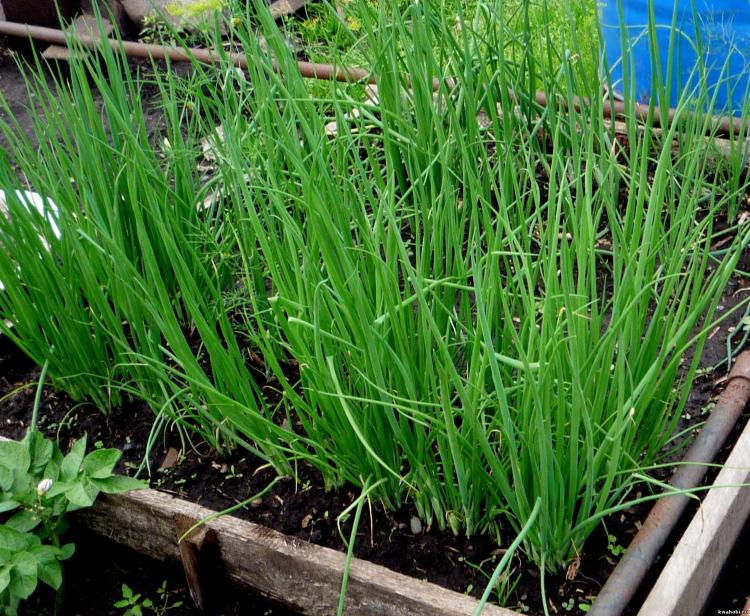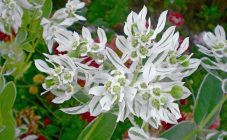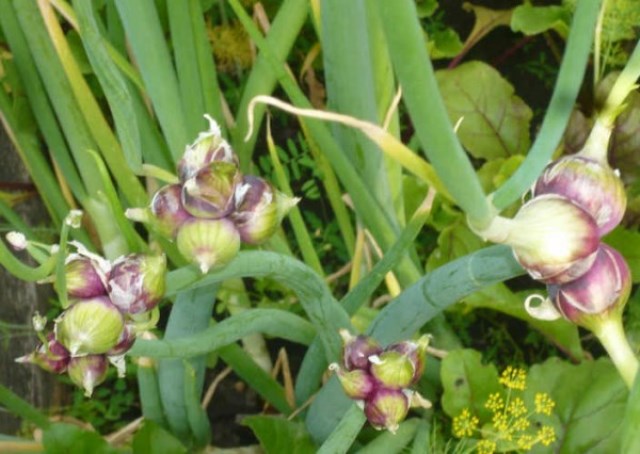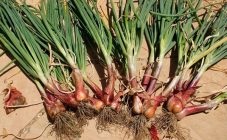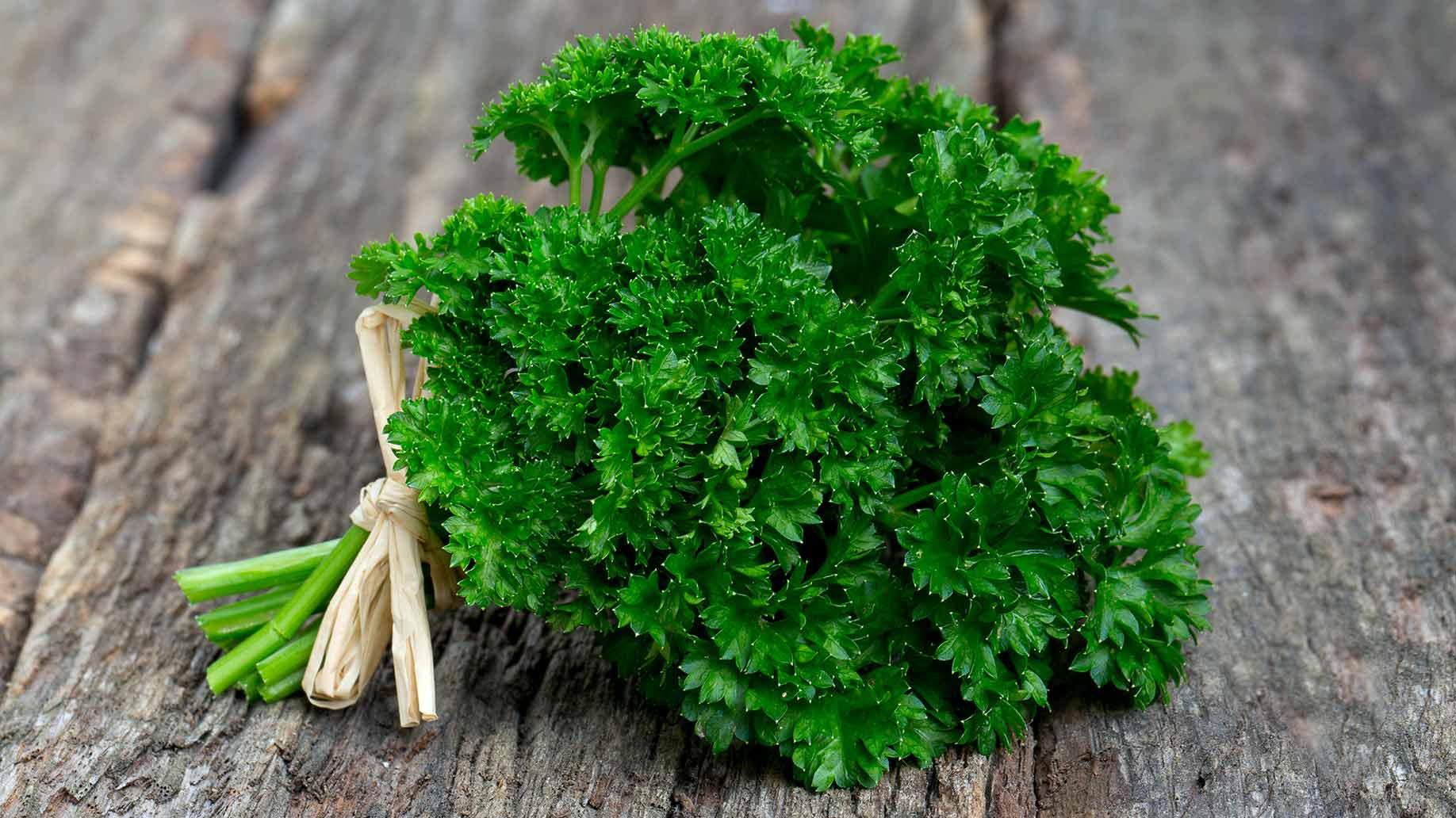Content:
Ground vegetables are always tastier than those grown in greenhouses. That is why there is always a place for breeding perennial onions in dachas and personal plots. The main purpose of its cultivation is to obtain greens, without which no salad can do. In addition, when approached in terms of health benefits, perennial onions are rich in amino acids and vitamins, which help boost immunity. The consumption of its greens helps to eliminate toxins from the body, and the level of unhealthy cholesterol decreases.
It is profitable to grow perennial winter onions, according to summer residents who have sufficient experience in breeding it. This vegetable is good because it is frost-resistant (does not freeze at a temperature of -40 ° C), does not undergo diseases, and pests do not like its smell. It is a natural natural phytoncide. Another important advantage that distinguishes it from onions is that it does not have a dormant period; forcing on greens can be carried out at any time of the year.
Description of popular varieties
There are more than 500 species of this wonderful vegetable growing in the wild. All of them are subdivided into types with tubular leaves, such as batun, tiered, chives and shallots; and with flat leaves: slime, leek, fragrant. Currently, perennial early onion varieties are grown by people not only in vegetable gardens, but also on balconies in boxes and pots.
The most common of the perennial varieties is the batun, which is popularly called the Tatar or fist-shaped onion by the look of its feathers. China is considered its homeland; this perennial plant (Chinese onion) has become widespread in summer cottages in northern and central Russia relatively recently. It doesn't have a compact look. It grows quickly and bulges in different directions with its feathers, similar to pipes. The height of the bush can reach up to half a meter. The diameter of the fistous leaf ranges from 1 to 2 cm. It propagates using the flowers that appear on the arrows. Forcing on a feather takes place at a temperature of + 15-24 ° C, at a higher temperature, feather growth is inhibited. In warm winters, seedlings are visible from under the melting snow. Popular varieties cultivated in central Russia: Tenderness, Ladozhsky, Maisky, Baron. Among the mid-season varieties, the young representative of the onion-batun is a variety bred by domestic breeders called Giant.
Chives, like the previous vegetable, have tubular leaves, but their inflorescence is a bright pink-purple color, which makes this culture a decorative decoration of the site. Perennial onion leaves on chives have a mildly pungent taste in early spring. Before the beginning of flowering, the hardness of the leaf and its taste change. The bulb is not edible. It is not worth digging up - it will give a feather next season. It tends to grow rapidly, by the fourth year a large bush is formed. Schnitt throws out flower arrows, on which flowers appear in the form of bulbs in spring. They bloom until autumn. Popular zoned varieties: Medonos, Chemal and Bohemia.
Scented onion (Jusai) gets its name from the scent of its white, star-like flowers. The leaves are flat, narrow. Good because it can grow in one place for more than 10 years. Several times a season, you can cut it for greens. The drooping or broad-leaved onion slug has flat leaves, the length of which ranges from 30 to 50 cm. The width of the leaf is about 2 cm. They have an onion-garlic taste, for an amateur.
Outdoor growing rules
The advantages of perennial onions include the ease of growing and caring for plantings. Having planted the variety you like, you can count on a good harvest within 3-5 years.
Summer residents who are engaged in the agrotechnics of perennial winter road onions, before planting, recommend starting soil preparation with autumn digging, applying organic and phosphorus-potassium dressings and removing weeds, the neighborhood with which the onion does not tolerate. In the spring, nitrogen fertilization is applied, weeding and deep (15 cm) loosening of the soil is done.
There is practically no time frame for planting this perennial vegetable. It can be grown in spring, summer and autumn. Perennial bush onions reproduce, both by dividing the bush and by seeds.
The best time for vegetative propagation is mid-spring or late summer. Usually a three-year-old bush is divided into small bushes. Each part of the divided bush should have a well-rooted bulb. A bush is planted to a depth of 8-10 cm.With a weak root system, the bushes are planted to a depth of 5 cm.
The second option is sowing a bulbous perennial. You can sow seeds in open ground or, as gardeners practice, prepare seedlings. For this, the seeds are planted in boxes in March. The emerging seedlings are kept at temperatures up to 20 ° C. Planting perennial onions in the spring, in mid-May, is done by planting seedlings that have been grown in boxes.
Growing perennial onions for greens
In order to obtain earlier production of green feathers, winter sowing is carried out. In late autumn, with the onset of a stable soil temperature of +3 + 4 ° C, thickened sowing is performed, that is, the seeding rate increases by 15-20%. Constantly guaranteed receipt of greens will be during conveyor sowing and harvesting at intervals of 2 weeks.
For example, gardeners practice summer sowing of onions without harvesting. Greens are obtained in early spring. Another plus of this sowing option is that there is no early shooting, which means there will be a long period of obtaining a feather and its high quality. It is noticed that with summer sowing in open ground, a green feather appears 10-15 days earlier than with spring sowing.
Perennial onion care
Any, even an unpretentious plant still needs some care. Initially, perennials do not like dry soil, but this does not mean that water should stand near the bushes. An excess of water causes root rot. Following the rules for caring for perennial onions in the spring, it must be watered after each cut of the leaves, so that the plant gains strength for the next development.
Loves onions fertile soil, that is, periodic feeding is necessary. Since he does not tolerate the neighborhood with weeds that clog him, you need to do regular weeding, especially after watering and rains.By the way, if we talk about neighbors, you should pay attention to compatibility with other crops growing in the garden or personal plot. Perennial onions for feathers and carrots are ideal for growing side by side, because they have the same demand for moisture.
Autumn dressings should consist of potassium-phosphorus supplements, which help the onion to winter well and accumulate enough nutrition in the root part. Having collected the last feathers of a perennial, it is recommended to fertilize the soil a little with urea.
